ABOUT SFC
Seafloor Control came spectacularly on the jigging scene in 2011. It is led by a young leading jigger, Kazuhiro Hirota, who spent years under apprenticeship to Mr. Norihiro Sato. Now we are the hottest jig maker that all the anglers from all around the world are eyeing to.
How to choose your right jig?
Basically, (not on the drifting boat)
Depth of water (meter) x 1.5 to 2
For example,
Depth of water (150m) = 210g to 300g
For faster water current or on the drifting boat choose heavier than basic.
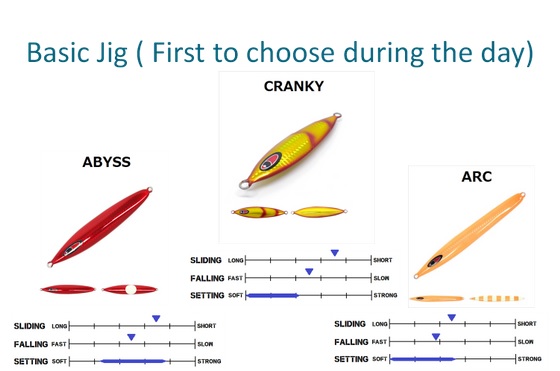
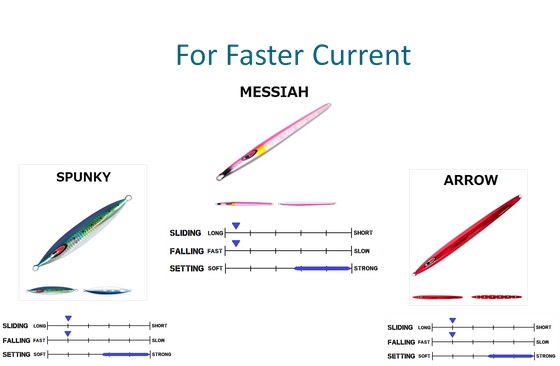
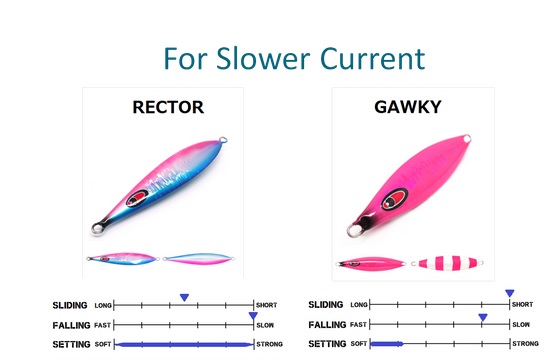
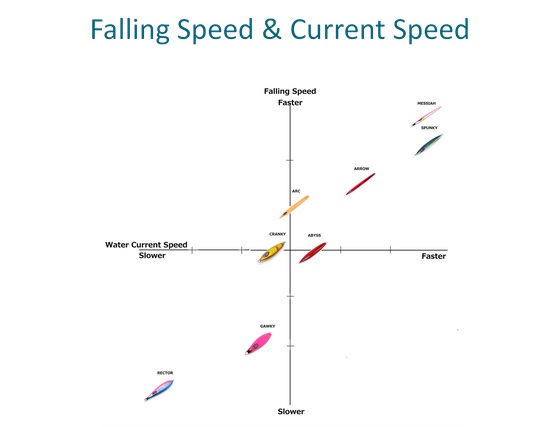
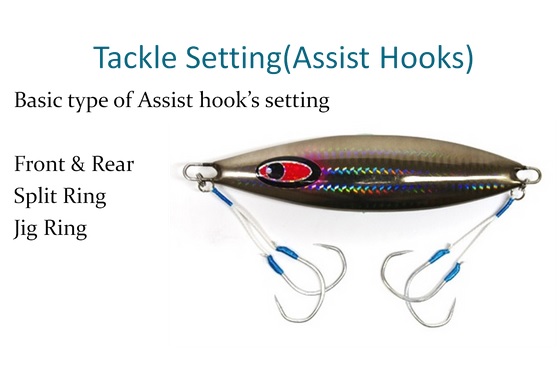
How to use SEAFLOOR CONTROL Jigs?
Lift the rod and turn the reel so that the rod bends nicely and gives smooth upward acceleration to the jig. This is called one pitch and can be 1 turn, 1/2 turn or 1/4 turn of the reel.
The rod lift should start with rod tip down angled at 30 degrees to almost upright position. You can also vary the angle. If you keep the rod up-angled, the spring-up is stronger and the jig movement is more energetic.
When you reach upright position wait the rod spring back up the tip and release the tension. The jig gets free and is carried by the momentum so this movement is performed differently by the type of jig. Some jigs slide to the side, some twirl, some suspend, lie on its side and fall. When the tension is released the center-balanced jig go in a horizontal position and this and the fall are the best moments for the fish to bite.
The fish targets the head or front of the motion so if it bites during the sliding of the jig it is likely to get hooked by the top hooks. If it bites during the fall it is likely to get hooked by the tail hooks.
Do not turn the reel while lowering your rod and it is important to focus on the tension of your line during the fall. You can perform a free fall or tension fall depending on the type of fish or the pattern of the day.
Pick up the jig by reeling just before you feel the jig weight at the rod tip. The timing is important and if you do not give enough time and you do not feel the jig weight it means that you canceled the falling and the next pitch is very weak. If you give too much time you are hanging the jig on the line and the jig is dead.
If during the falling you see the line slack for a longer time, it is very likely that a fish took the jig. Reel in until you feel a weight on the rod tip and if it moves hit it.
To land the fish keep your rod down and reel in steadily. The slow pitch jigging rods are made to hook fish not to land the fish. Let your reel land the fish and use the reel drag to do the job.